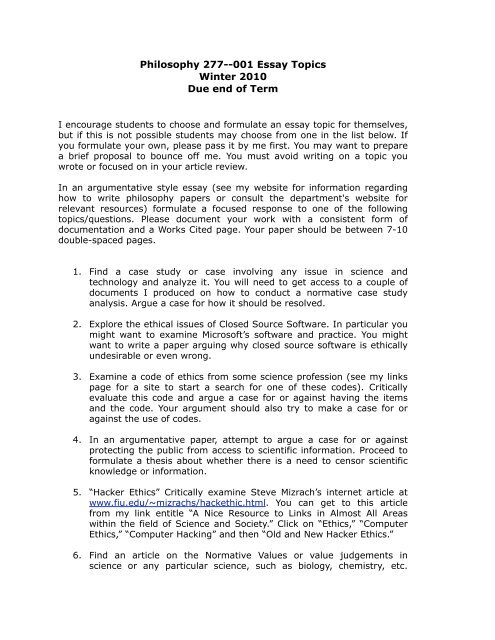How to Change Topics in an Essay
The first step is to introduce a new topic. For example, say that Odysseus moved into a new house and was attacked by his suitors. You set the theme, challenge, and tension of the new section with the first line of your introduction. After that, move to a new topic in the body of your essay. You can use transition words to change topics and make the transitions more fluid.
Transition words
When choosing transition words for an essay, you must remember to connect your paragraphs. Generally, every paragraph should link to the next one. However, you can use transition words to show different connections. For instance, you might start with charting and then move onto patient care. Charting and patient care can have different connections as well. When choosing transition words for an essay, you should keep in mind that some connections are more meaningful than others.
As you go along, try to use transition words to break up the monotony of writing. These words can be useful for revisions and can help you with word placement. Transition words can go just about anywhere in a sentence, as long as it relates back to the previous thought and forward to the next. Listed below are a few examples of transition words that you can use in different types of sentences. Use the correct transition words in the right situation.
In addition to making an essay more readable, transition words also help your essay flow. They create logical connections between paragraphs and sentences, making it easier for readers to follow your essay’s message. A Write to Top video explains the importance of coherence in writing. Watch the video to learn more. Once you understand the importance of transition words, you’ll be on your way to writing an essay that will impress your audience.
Sources of information
There are different kinds of sources of information. For example, articles in scholarly journals or eyewitness accounts will have a different tone than magazine features or hard news articles. Similarly, information obtained from news websites can vary from authoritative sources to secondary ones. The level of information and the reliability of the source will also depend on the type of source. Table 7.5 ranks different sources of information. A primary source will provide in-depth information, while a secondary source is likely to be based on opinions or speculation.
Once you’ve decided which type of source to use, find out how to determine its quality. It’s important to note that sources must be credible and academic. The next section offers advice on how to find sources efficiently. It also provides guidance on how to write notes and organize the information you’ve found. Using supplementary sources effectively and efficiently is critical for an essay. Make sure you choose a source that meets the parameters of the essay.
Once you’ve identified several sources, start to review them. Consider the audience of the essay, whether the information is primary or secondary, and the reputability of the publication. Depending on the source, you might use both primary and secondary sources to support your arguments. Some primary sources may include legal cases and editorials, while secondary sources may simply summarize and paraphrase the content. Whatever information you choose, make sure to use it wisely.
Organization
As a student, you may be wondering how to change topics in an essay. Whether you’re struggling to write a college essay or simply need a fresh perspective, there are some strategies you can use to make the transition as smooth as possible. Transition words can help you create effective paragraph transitions, as well. Transition words help your reader recognize when you’ve moved on to a different idea. To make transitions easier for your reader, organize your essay in logical order.
When changing topics, start by writing an outline. Outlines help you structure your ideas and give your essay more direction. For example, if you’re writing a paper on the Civil War, you could begin with a section about slavery and then move on to the Northern arguments against slavery. You won’t need individual section headings for shorter papers, though. To make transitions smoother, you can write a short outline in advance.



